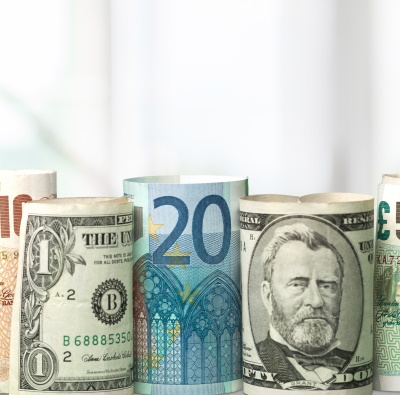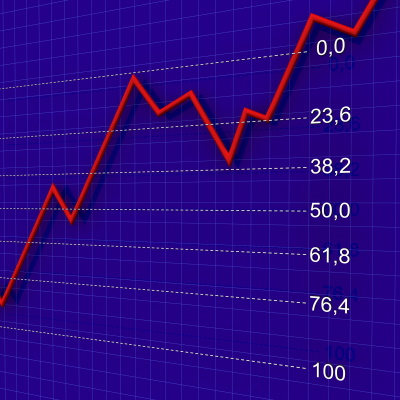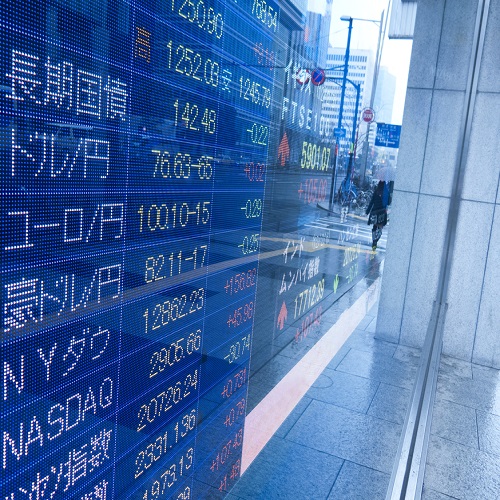The Ins and Outs of Forex Swaps
Forex swaps enable people to trade currency pairs without going through an official exchange. Learn about these currency swaps here.

Introduction to Swaps
In order to understand Forex swaps, you must first understand the difference between spot and forward transactions.
A spot transaction refers to a trade that is done immediately, whereas a forward contract is one that is an agreement to buy or sell an asset at a specific time in the future.
Swaps are a type of transaction that includes both a spot and a forward component. When you see the term ‘Forex swap’ being used, this may be referring to what is commonly known as swap points or pips. Traders will either subtract or add to the initial value to get the forward exchange rate.
There are two legs to a swap. The first leg or transaction is when a particular currency is purchased or sold against another currency on a determined date. This date is known as the ‘near date’, due it being the first date to arrive.
The second leg is when the same amount of currency swaps is bought or sold simultaneously, which is done on a second agreed upon rate but happens on another date. This is also referred to as the ‘far date’ for obvious reasons.
This transaction usually ensures that there is very little to no net exposure to the spot rate. This is due to the fact that the first leg opens spot market risk while the second leg instantly closes it.
Forex Swaps
These swaps should not be confused with a foreign exchange swap – this happens far too often.
To be clear, forex swaps are not something that you can trade on most forex trading platforms. Swaps are not even exchange-traded; they are only contracts between private individuals or groups (over-the-counter – OTC).
They are, however, a way of exchanging currency pairs and, therefore, it is important for Forex traders to understand what they are and how they work.
Banks, institutional investors and multinational corporations make use of this essential instrument. A currency swap will usually take place or involve two different parties and is used for the purpose of gaining exposure to a particular currency.
The two parties will conduct a currency swap by first exchanging a notional principal. A notional principal refers to the agreed upon interest rate that has been predetermined in terms of the amount exchanged.
It is vital to remember that the notional amount will never change hands between parties. This means that neither of the two parties will pay nor receive this notional principal amount; it is only the interest rate payments that will be moving through the hands of the companies or banks.

Currency swaps work in a similar way to equity swaps and interest rate swaps. However, they are not the same thing. Although they may seem alike, a currency swap is actually far more complicated than the two methods just mentioned and has a few fundamental qualities which set it apart from the interest rate swap and the equity swap.
Why Swap Currency Pairs?
The reasons for entering currency swaps vary widely; however, they are not usually purely for profit. Swaps often take place when two institutions with different local currencies each need to use the other institution’s local currency for some reason.
Rather than exchange their currency on the open market, they enter into a deal with terms that are mutually beneficial.
What is a Currency Swap?
Usually, a swap involves a trade of the principle followed by an exchange of interest or a series of exchanges over time. The payments can be made monthly, quarterly, yearly, or at any other time that the two institutions decide to write into the contract.
Forex swaps are very flexible and can be held open and negotiated for up to ten years. These exchanges happen at rates that the two parties have agreed to on their own, not necessarily at the rates that are set by national banks.
What if Something Goes Wrong?
Because these swaps are done privately, not over an exchange, there is a chance that a party will have to withdraw from the contract before its terms are complete. In this case, the institutions involved have a number of choices.
As with any futures contract or option, it is possible to buy out the other party forthright. The stake in the contract could also be sold to a third party.
The other choices involve either the institutions themselves or a third party setting up an offsetting swap. The parties may even choose to set up a swap option at the same time they open the first swap, just in case one of the parties is unable to complete the original transaction.
Why Use A Currency Swap?
One of the major reasons that companies utilise these swaps is due to the mere fact that they will essentially be halving the amount paid in interest. This means that, instead of the company having to pay 10% when borrowing real, they will only be required to pay back 5% in interest, instead.
As you can see, this is a no brainer for many institutions. Companies will borrow money from local or domestic banks rather from international banks. Often these banks or companies will lend to one another at a much lower rate than they would have had to deal with had they been dealing with an international bank.
To conclude – Currency swaps are used to decrease borrowing costs and are vital tools that enable users to hedge exposure to exchange rate risk. Basically, companies, banks or institutions will borrow from a country that offers a lower or less expensive rate.





